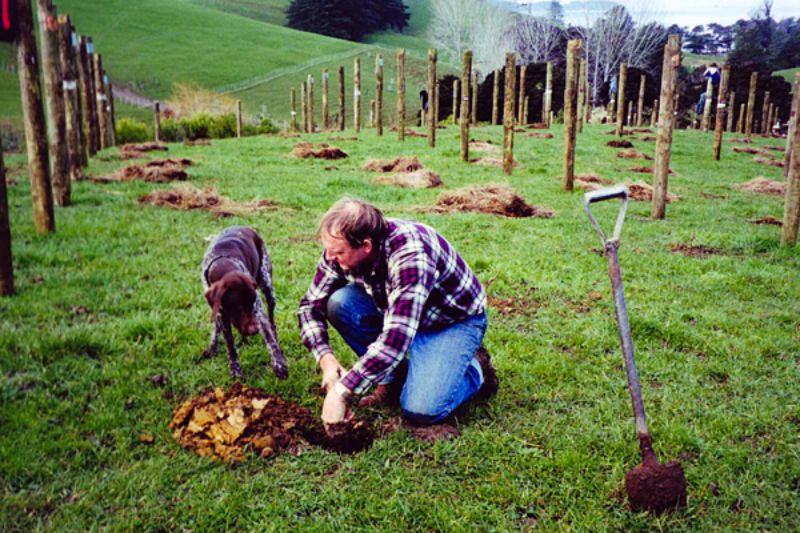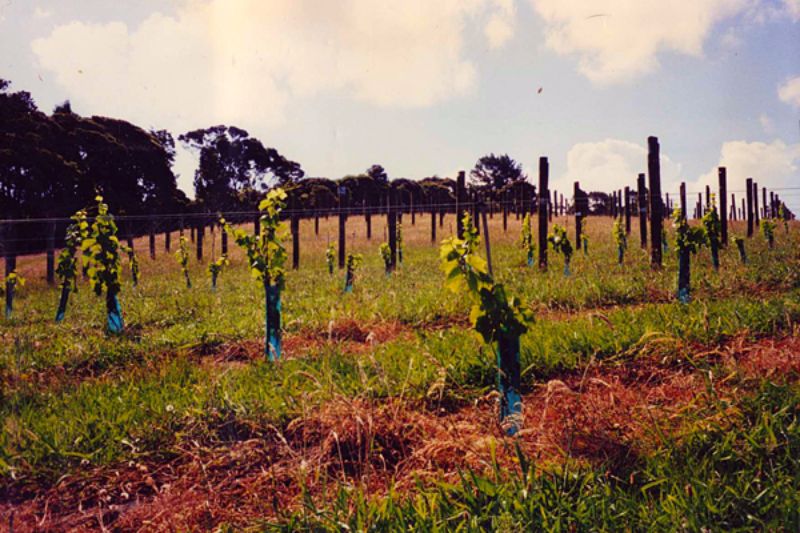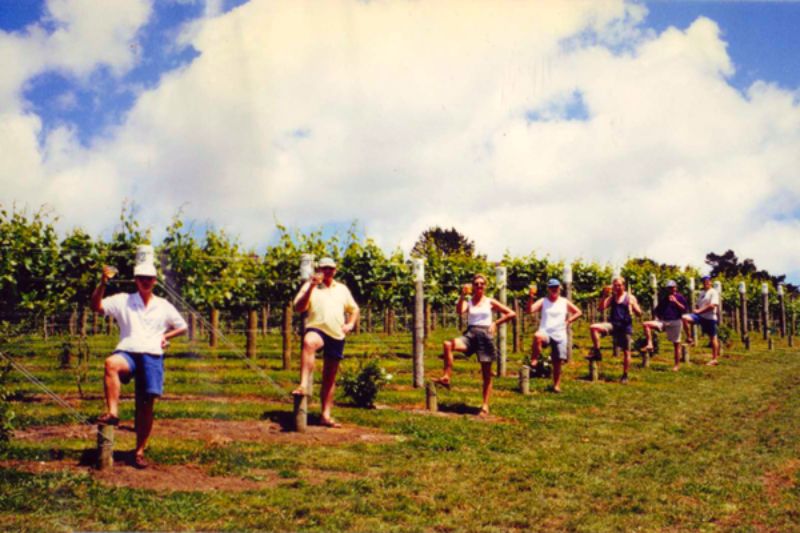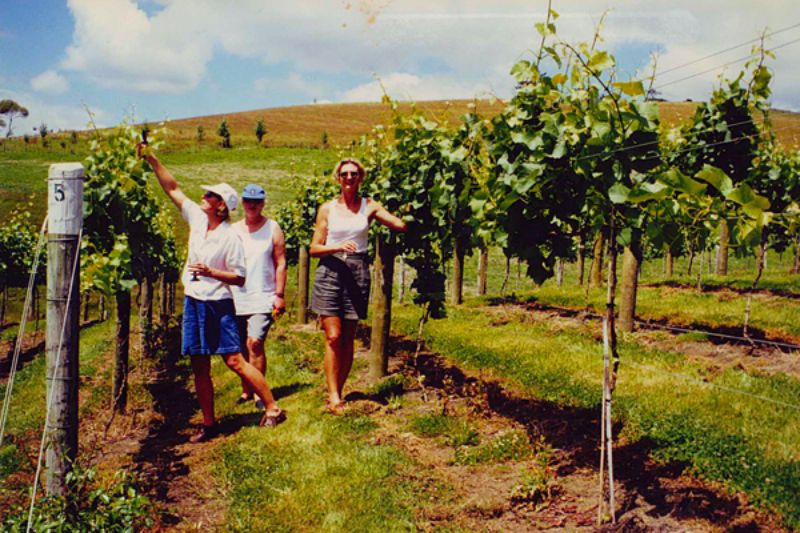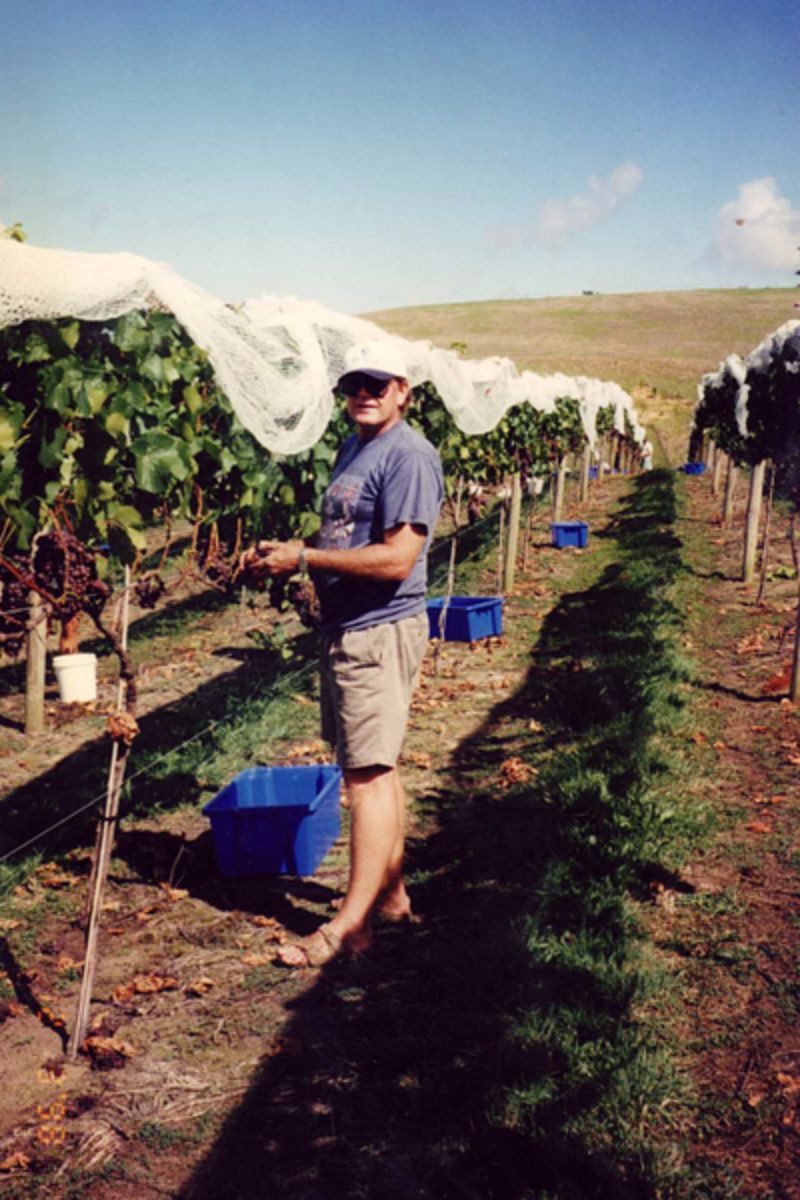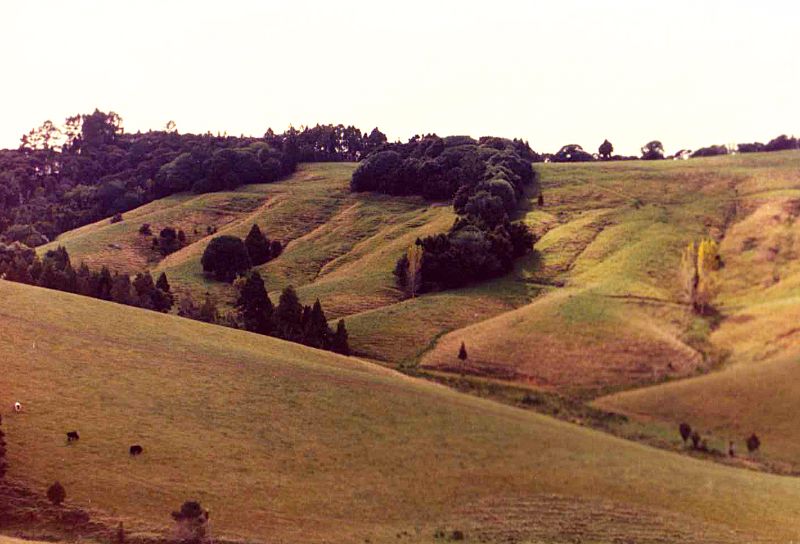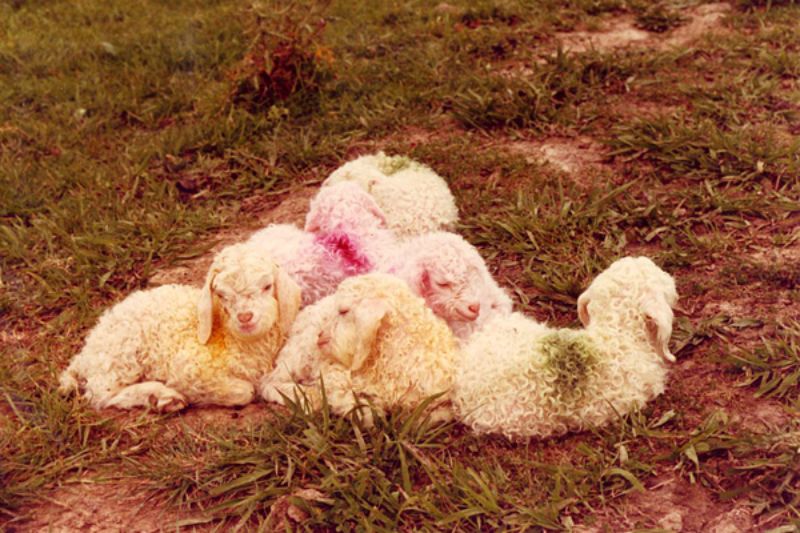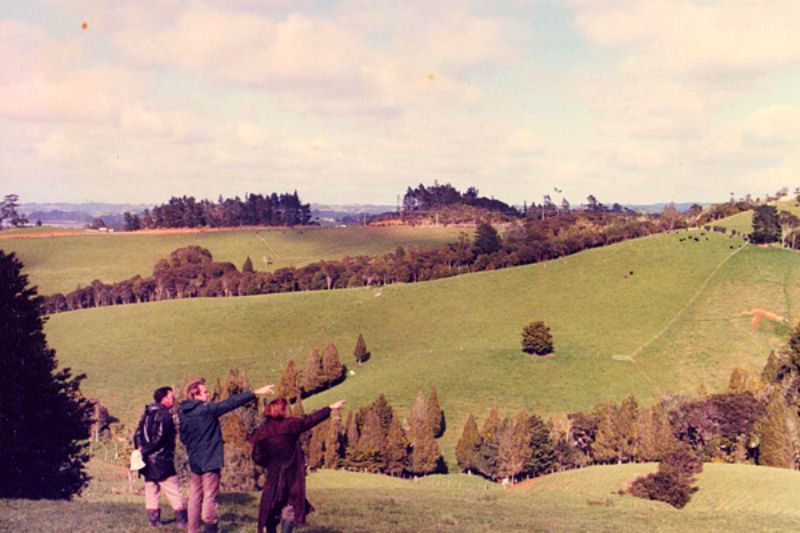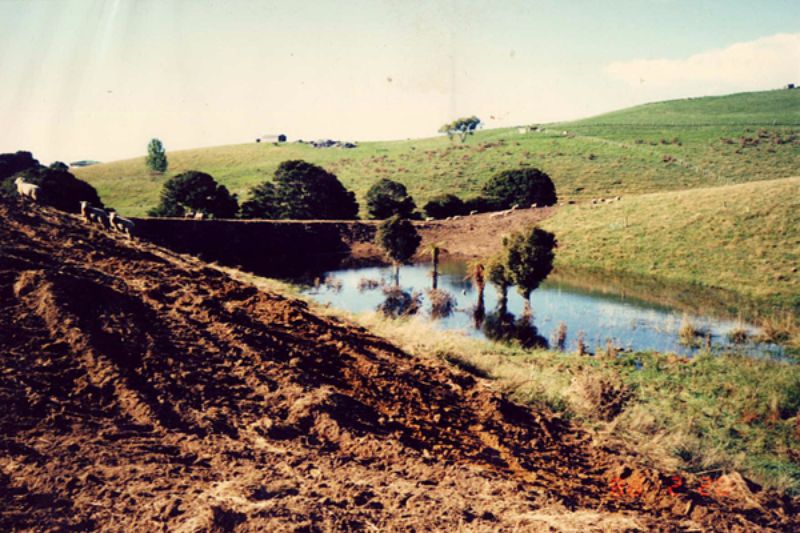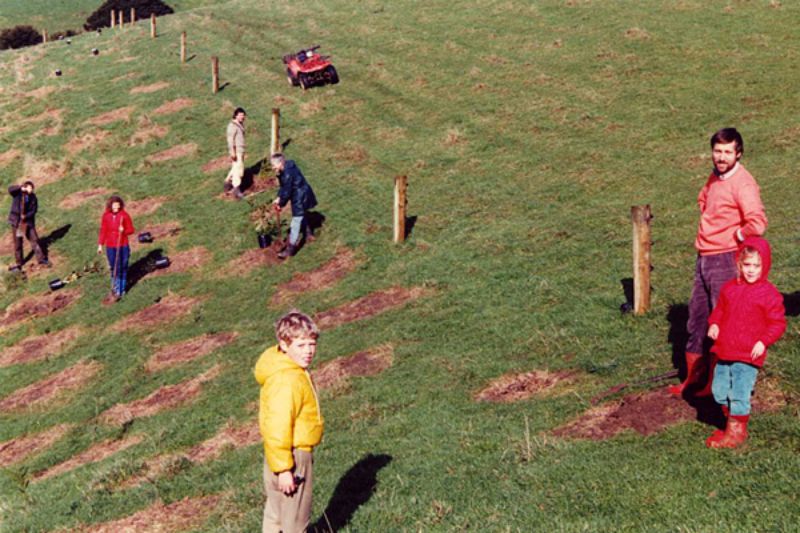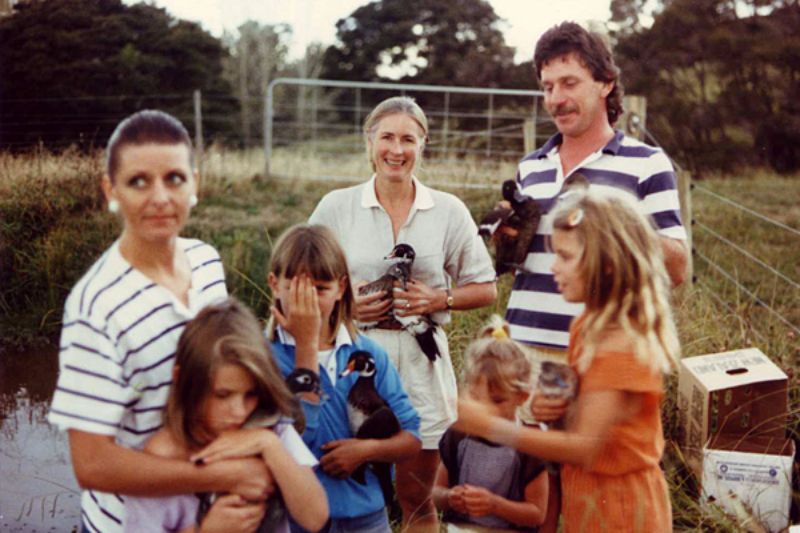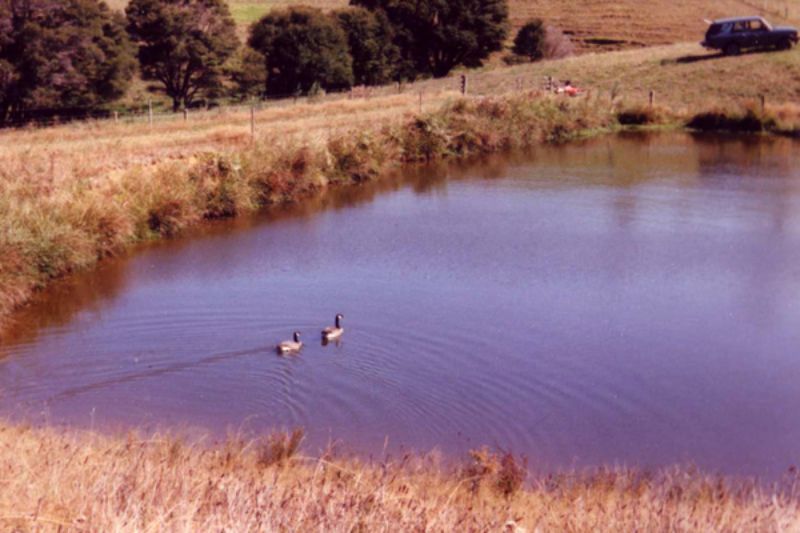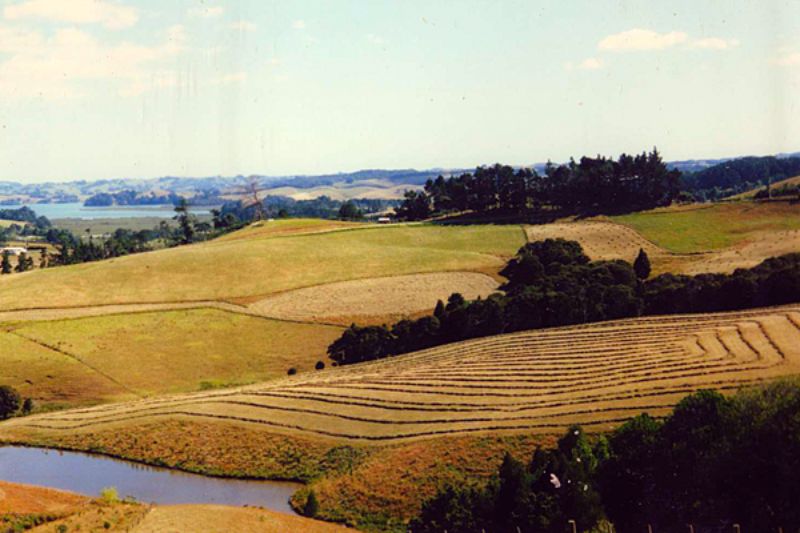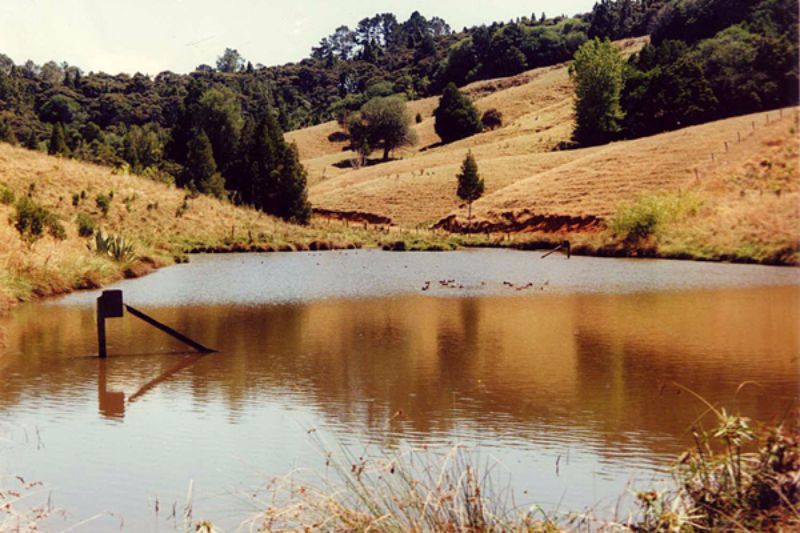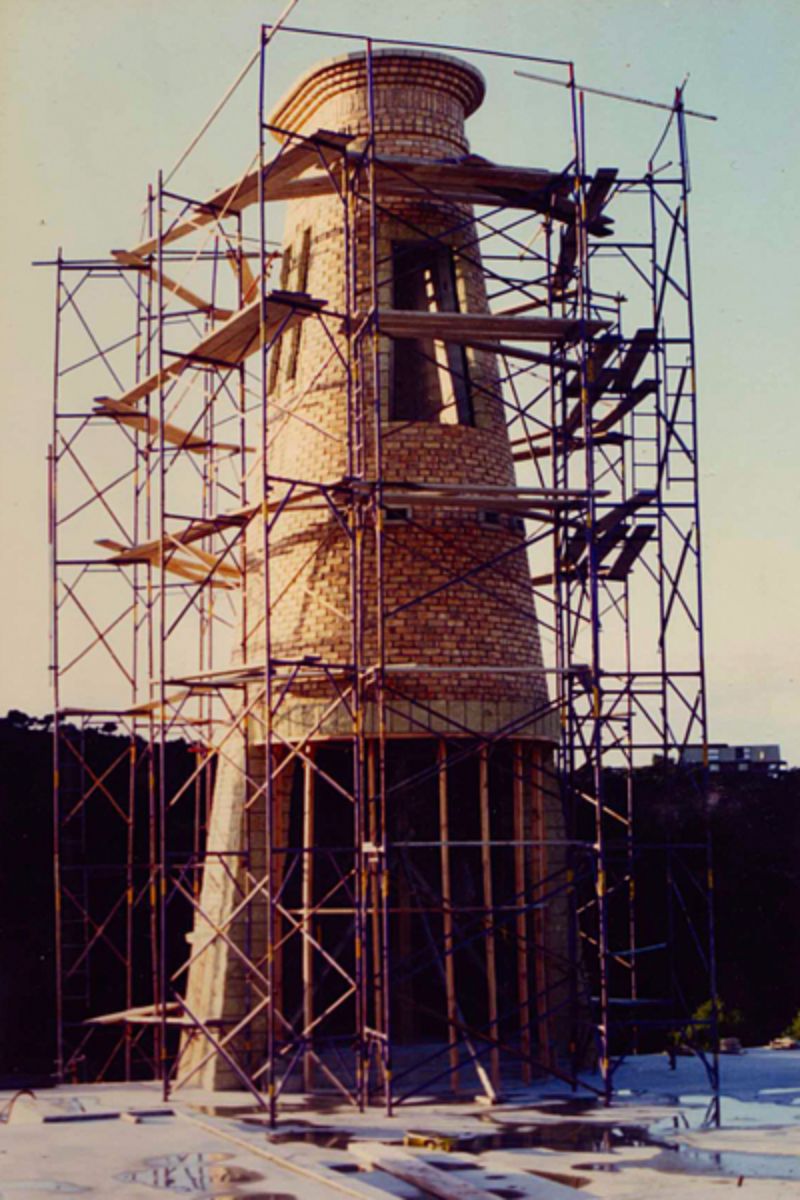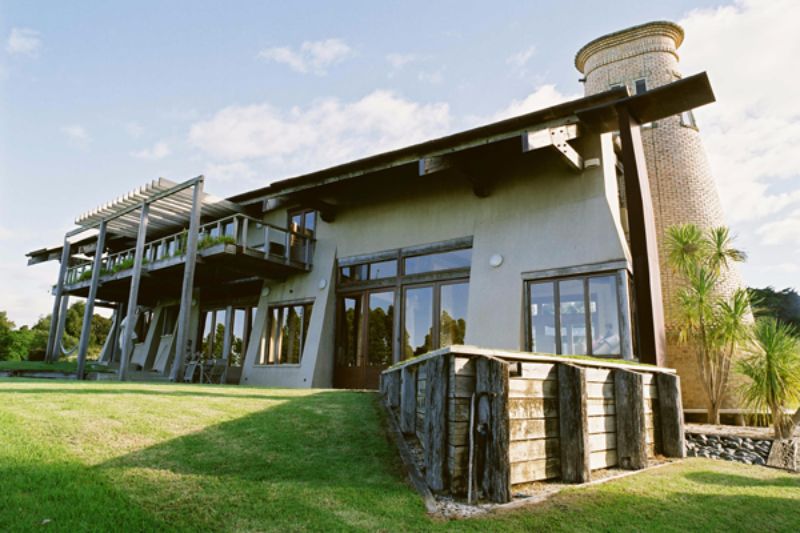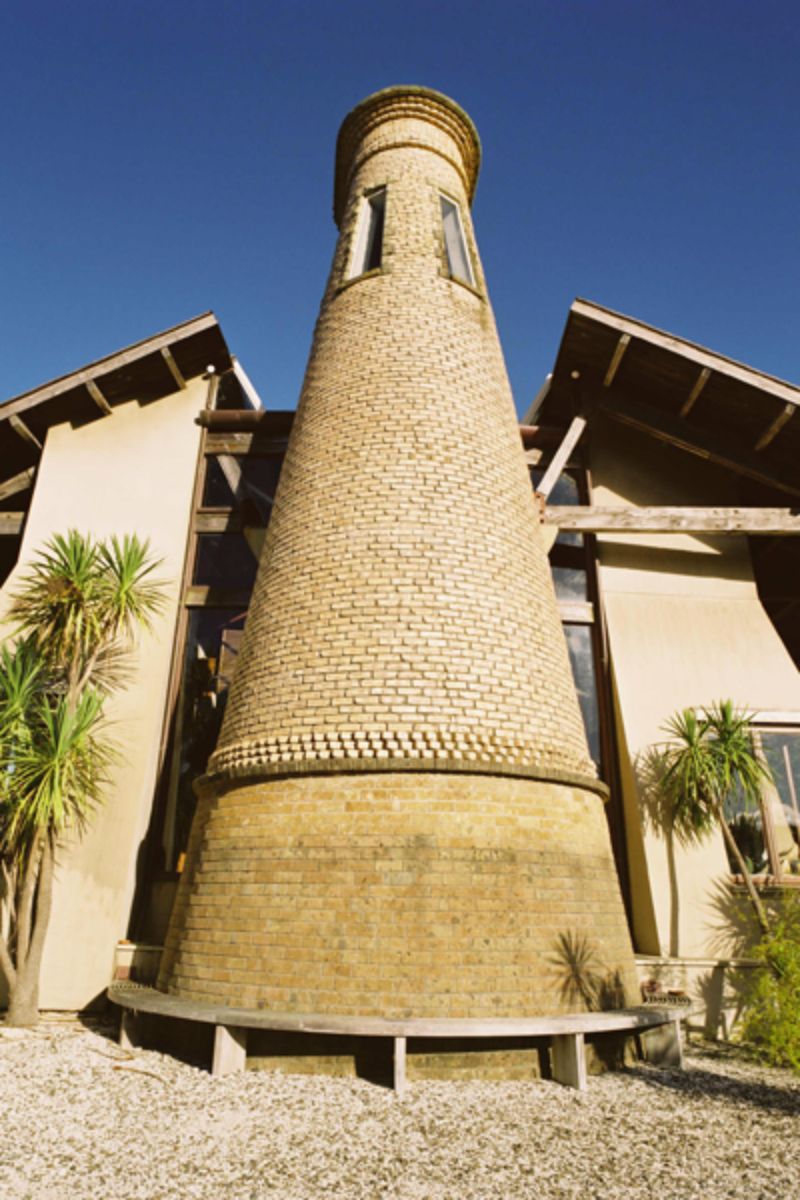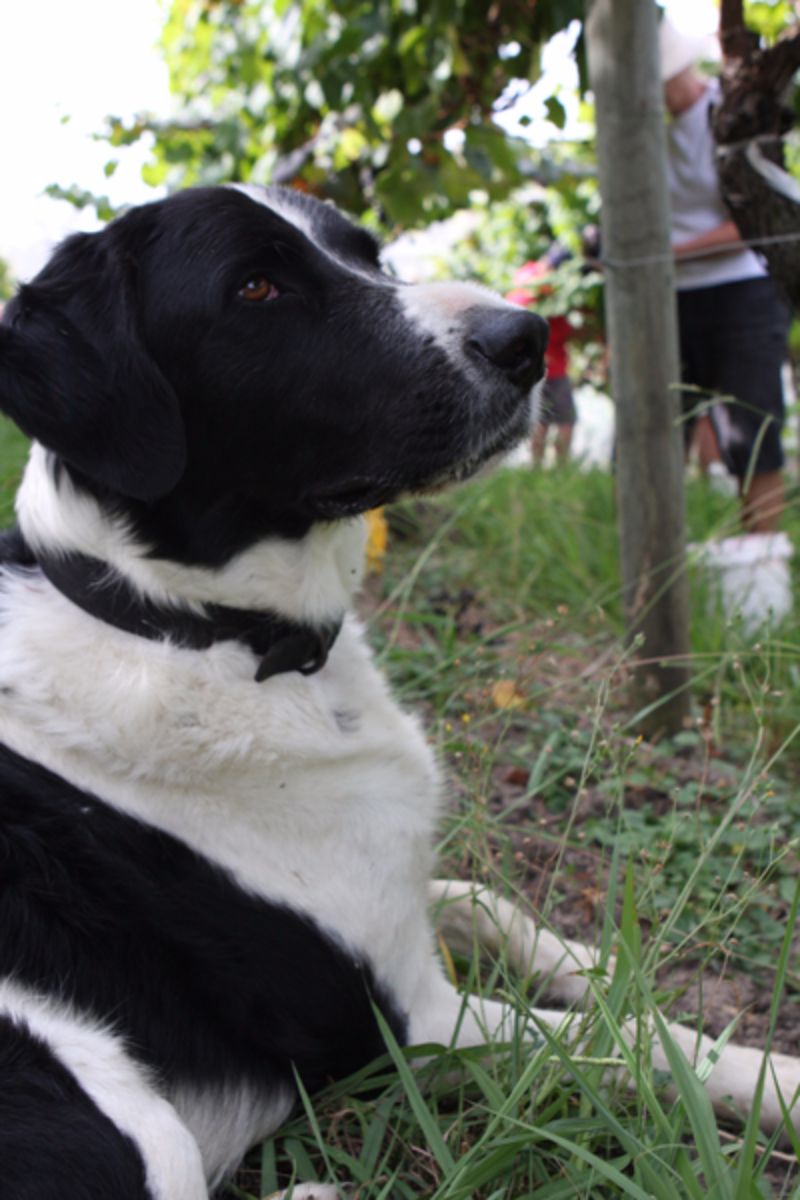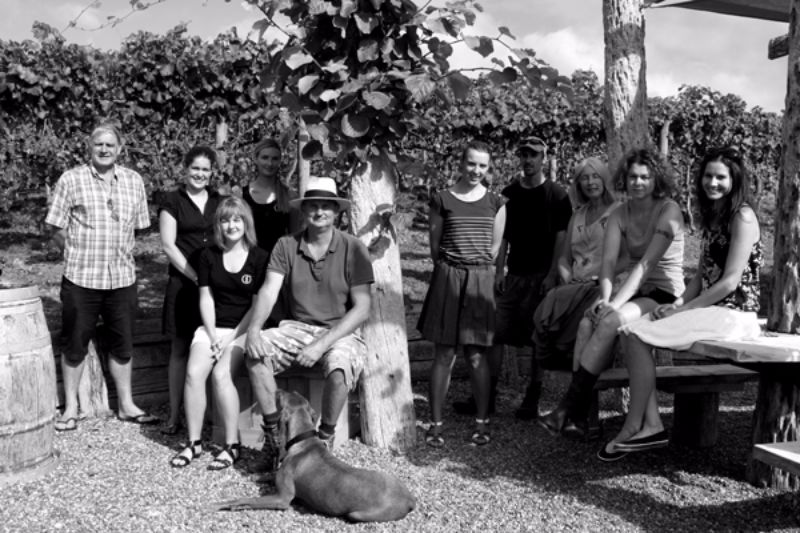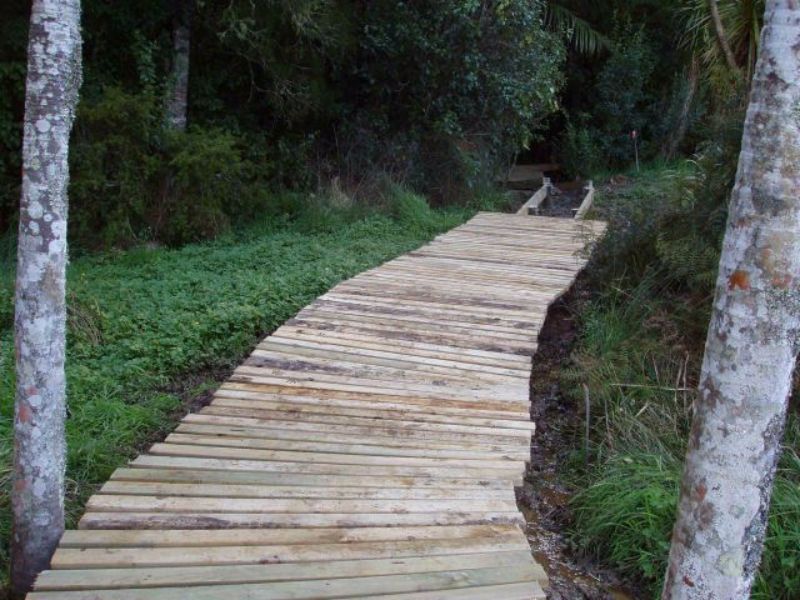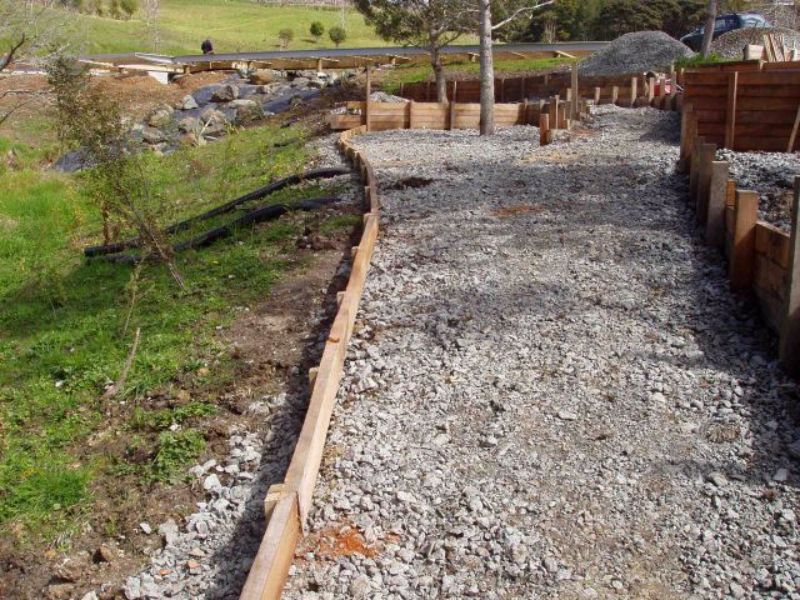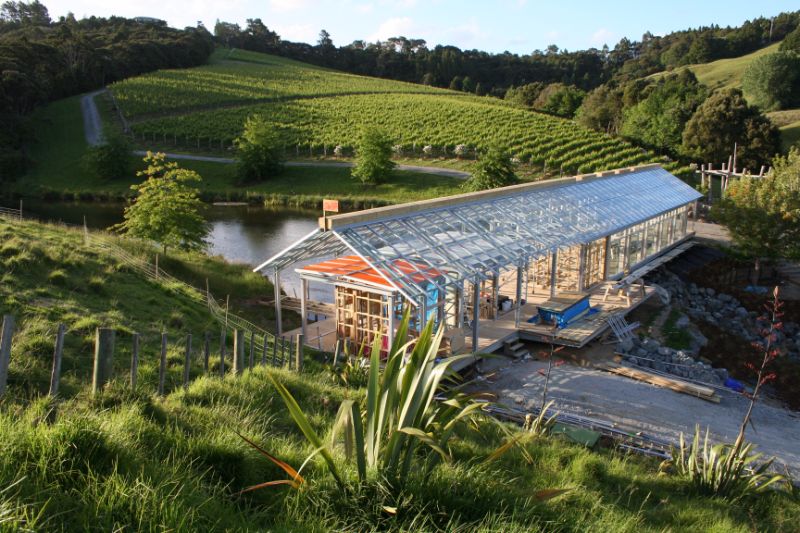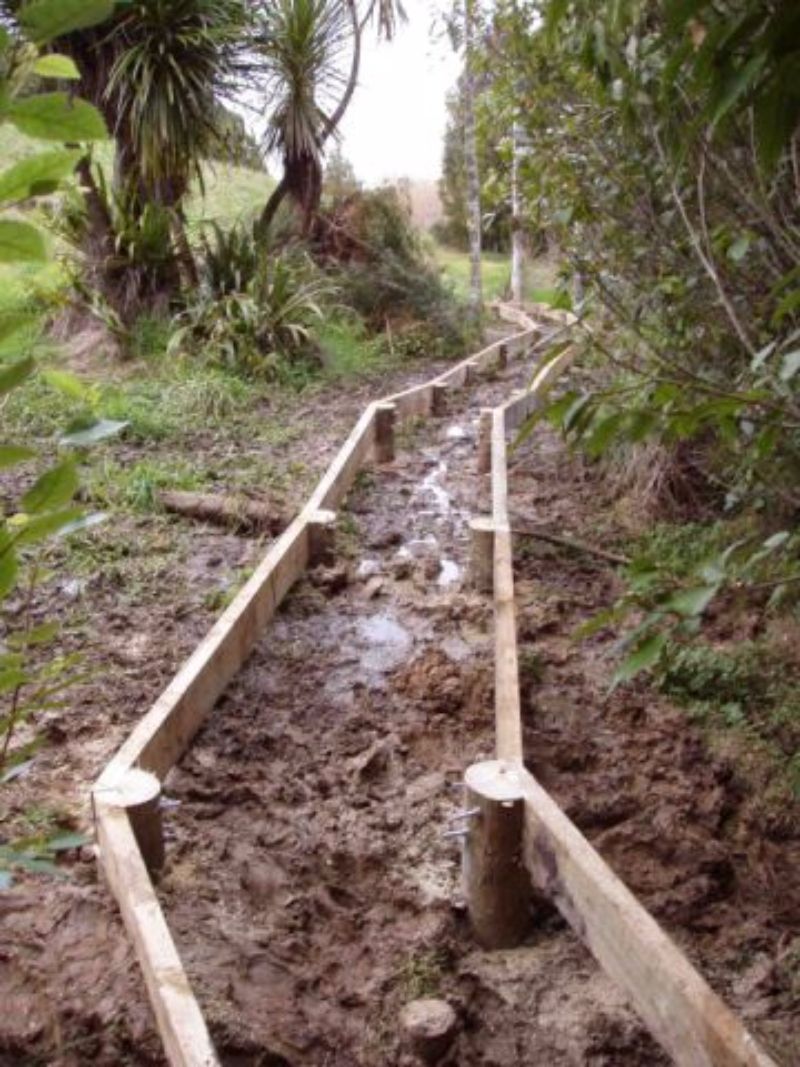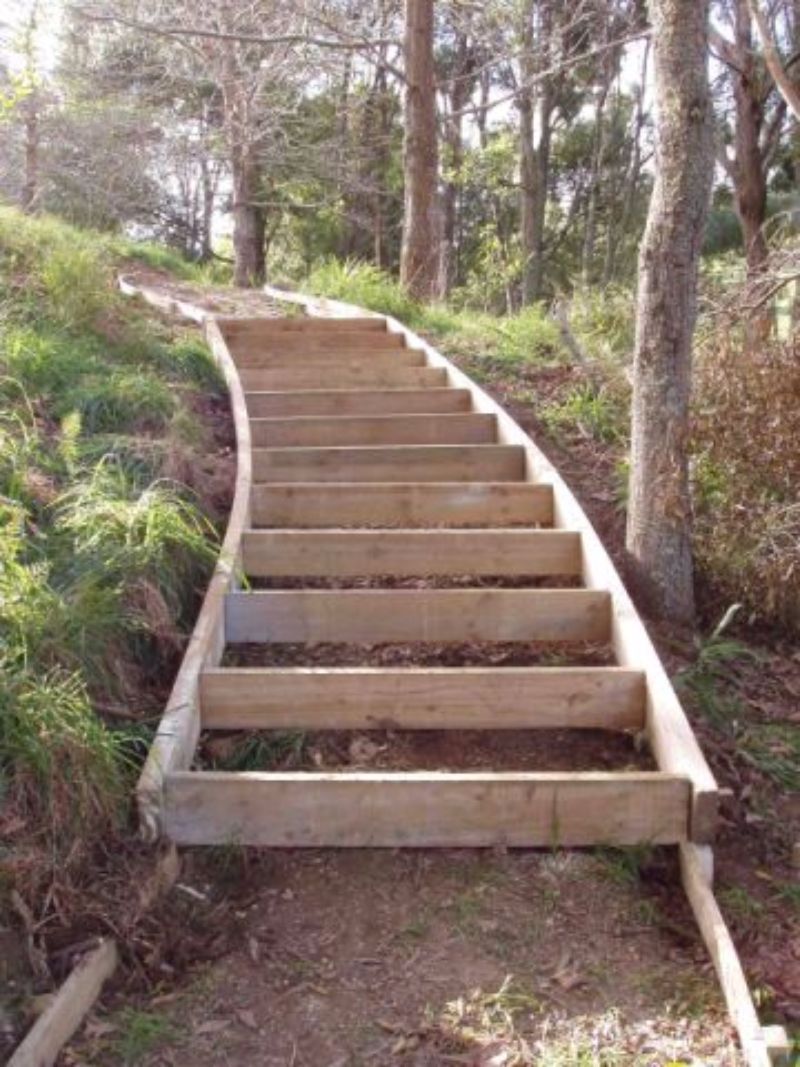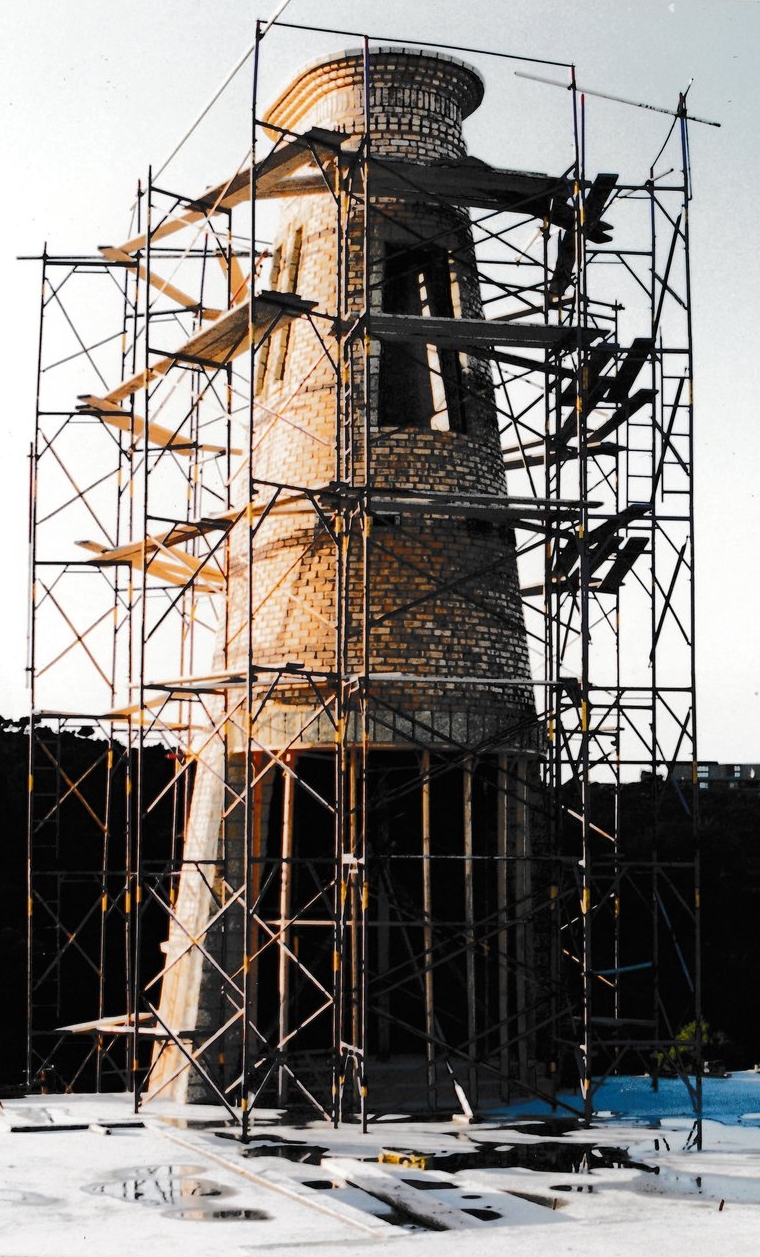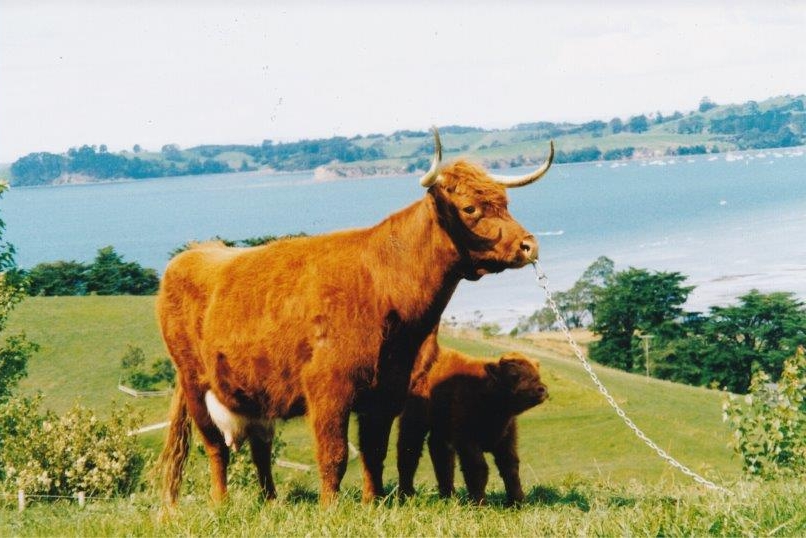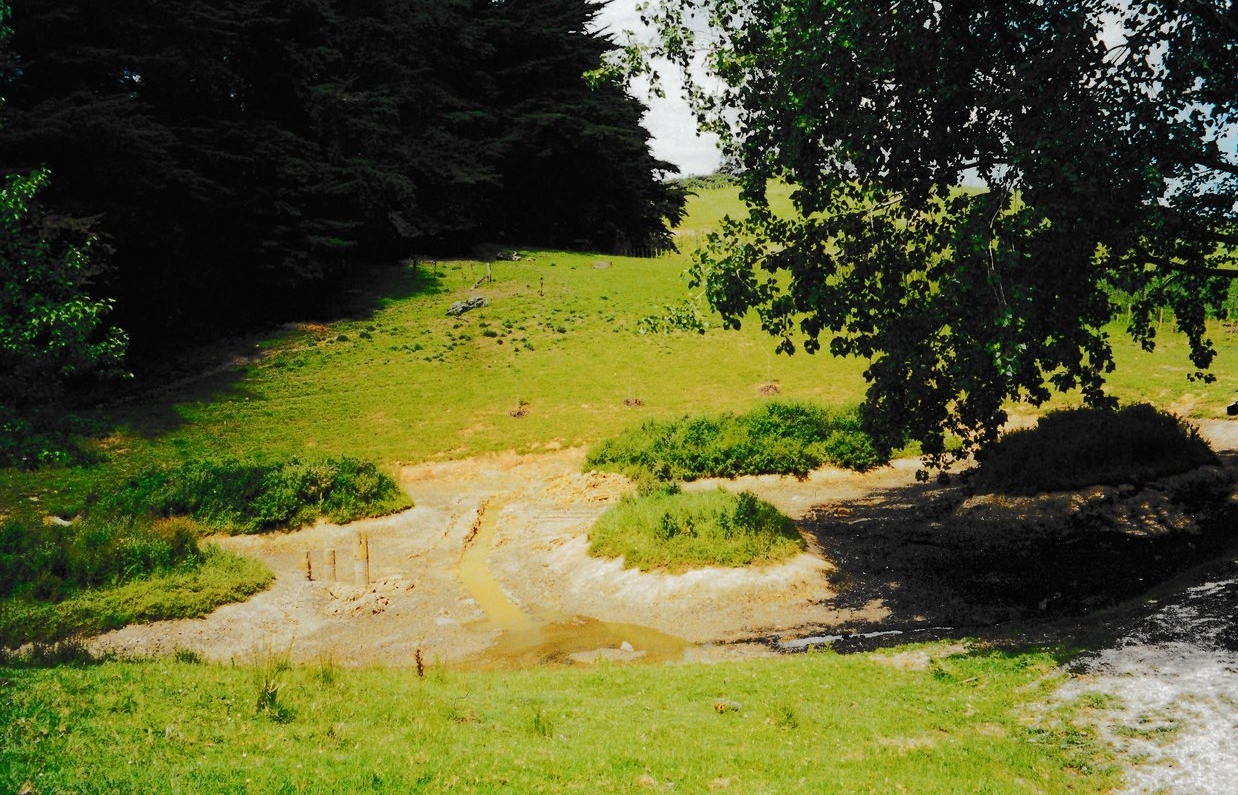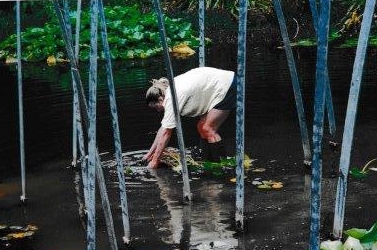Brick Bay MANIFESTO
Brick Bay is a loved landscape filled with ideas, inspirational art, food and wine; our mission is to share this with the world.
These are our guiding principles:
Be guardians of this environment
We have the privilege of the stewardship of a unique piece of land. Our goal is to nurture and care for this precious place into the future.
Welcome to our home
We look after people. We’re good people, sharing good times, with warmth, generosity and humility. Brick Bay is an elevating experience inspiring connection and enlivening all who are touched by us.
Come together
The Brick Bay team is family; we trust and support one another, joining forces to communicate, collaborate and engage with our guests, our suppliers and our community.
Innovate and evolve
We have grown from the seeds sown by creative impulse. Always learning, we approach challenges and opportunities with ingenuity and imagination.
Be an enthusiast
We’re excited about what we do and we’re on a mission to share our loved landscape filled with ideas. We enjoy life, we care, we’re positive and proactive.
History
Originally from Kawhia, a group of Ngāti Awa, led by Maki, settled the coastline from Takapuna to north of Mangawhai in the 1650s, becoming known as Ngāti Manuhiri after the death of Maki’s eldest son, Manuhiri. Te Awa and his son Maeaea were their most famous fighting chiefs in the 1700s, living and building waka in this area, rich in resources, kaimoana and in particular the muri, or sand shark. Their lives were disrupted by Crown confiscations and purchases during the 1800s.
European settlers arrived in the area during the 1840s, and Brick Bay became a thriving little community, with its own post office, store, hotel and boarding house. A brickworks was set up on the foreshore using the local clay, and even today partial bricks are still revealed at low tide even though the pottery is long gone.
Kauri forests once stretched right down to the beach, which at one stage hosted an encampment of gum diggers who came searching for the prized resin. Much of that early forest was felled as the land was prepared for farming in the 19th century. Extensive native bush fortunately still exists on the site with a second growth kauri forest forming part of the present day Sculpture Trail.
In 1986 we had fallen in love with this special piece of land less than an hour from the city, with its beach boundary, wide open spaces, glorious bush and great potential…..
Since that purchase we have planted many thousands of trees over the last 30 years, removed hundreds of thistles and fenced off the bush to protect this precious resource from stock. Relaxing weekends in a large old caravan on site quickly turned into extended working bees where family and friends were put to work! However, playgrounds in the trees, mudslides and bush barbecues kept the troops happy.
Richard, the engineer, indulged his passion for dam building creating 4 lakes on what was to become the Sculpture Trail, plus a further 3, one of which became in 2000 a stunning lotus pond as part of the artist Virginia King’s vision for her Koru earth sculpture, complete with three islands and a series of linking boardwalks.
Apart from planting many native trees and nurse crop species, we also established walnuts, macadamias and pecans. As for the pinenuts…if anyone has a bright idea about getting pinenuts out of their outer shell, we’d be delighted to hear from you! Plantings followed of oranges, lemons, limes, mandarins, persimmon, nectarines, plums, pears, bananas, cherimoya, feijoa, guava, tamarillo – even sugar cane was given a chance to flourish.
Our first olive grove was planted in 1995 with largely Spanish varieties, but further plantings in 2003 and again in 2010 of Italian varieties have been more fruitful. From these several hundred trees our celebrated extra-virgin olive oil is pressed locally and now sold at The Glass House. Six beehives established in 2011 overlooking the bay also give us supplies of our delicious honey.
An early experiment with angora goats proved to be an expensive exercise; not only did the wretched animals eat everything in sight but the market for goat meat was limited and the beautifully fine mohair produced, found itself in a depressed market due to South African stockpiling of this fibre!! Cattle weren’t suited to the relatively steep contours of the property, so we eventually settled for sheep, who give us a lean and delicate meat and provide great delight for all at lambing.
The Matakana area was quietly developing as a promising grape growing region, and given our love of wine, it seemed only natural that this would be our next big venture. Vineyard plantings began in 1995, with our first vintage celebrated in 1998. Our daughter Anna, armed with expertise in viticulture and a vintage in Burgundy under her belt, was keen to become involved. Given her fine arts background in sculpture, the next stage of the Brick Bay story was inevitable.
Our great interest in outdoor sculpture, the focus of many an overseas holiday, gave rise to a germ of an idea which would involve giving sculptors the opportunity to display (for sale) large-scale works in an idyllic rural setting. From 2004 we started developing a trail which meandered past lakes, swamp, vineyards, open pasture and native forest offering magical sites for the placement of sculpture. We envisaged combining this activity with the development of a wine tasting room so the real experience of ‘terroir’ could be offered to our visitors. Thus the Sculpture Trail and Glass House were conceived and built from 2004-6, opening in January 2007.
There is never a dull moment at Brick Bay as we continue to innovate and improve, challenging and inspiring all who work with us and visit this special place. Viewing ourselves merely as caretakers of this wonderful parcel of land, we strive to enrich this resource and lead it forward into a sustainable future.
We wish to acknowledge Ngāti Manuhiri as tangata whenua of our local area.
The Matakana area was quietly developing as a promising grape growing region, and given our love of wine, it seemed only natural that this would be our next big venture. Vineyard plantings began in 1995, with our first vintage celebrated in 1998. Our daughter Anna, armed with expertise in viticulture and a vintage in Burgundy under her belt, was keen to become involved. Given her fine arts background in sculpture, the next stage of the Brick Bay story was inevitable.
Our great interest in outdoor sculpture, the focus of many an overseas holiday, gave rise to a germ of an idea which would involve giving sculptors the opportunity to display (for sale) large-scale works in an idyllic rural setting. From 2004 we started developing a trail which meandered past lakes, swamp, vineyards, open pasture and native forest offering magical sites for the placement of sculpture. We envisaged combining this activity with the development of a wine tasting room so the real experience of ‘terroir’ could be offered to our visitors. Thus the Sculpture Trail and Glass House were conceived and built from 2004-6, opening in January 2007.
There is never a dull moment at Brick Bay as we continue to innovate and improve, challenging and inspiring all who work with us and visit this special place. Viewing ourselves merely as caretakers of this wonderful parcel of land, we strive to enrich this resource and lead it forward into a sustainable future.



